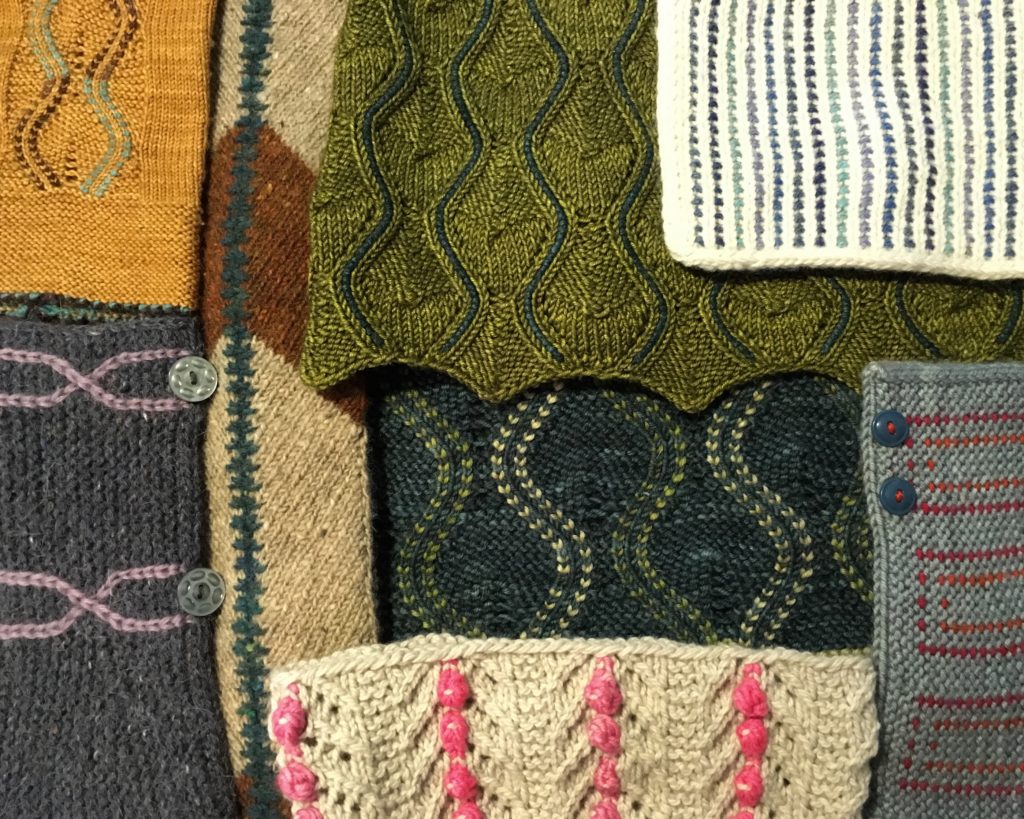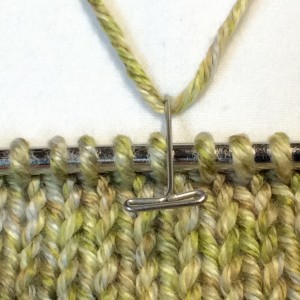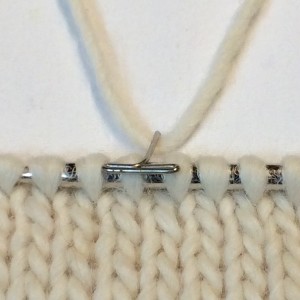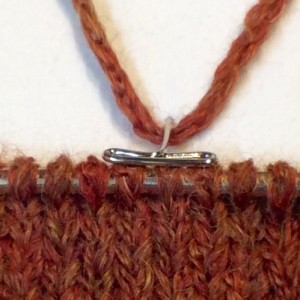Knit Stars is an online knitting conference with interviews and lessons from twelve knitting instructors and designers from around the world.
Please read all about the online conference here.
The organizers have sure been thoughtful. The event unfolds over many days so you have time to absorb the information. You have access forever to all of the presentations. You can download a PDF of the transcripts if you can’t quite catch all of our words. You can watch when it’s convenient for you, and stop and start when it suits you.
I want to talk a little more about what I’ll be covering in my lessons. Organizer Shelley and I were talking a bit about the trouble some folks have when they are trying to learn a technique from a presenter who does not knit like they do. There’s no need to throw in the towel too quickly. In one segment I will endeavor to demystify this so we can all feel more confident about what we are seeing.

Then, for the rest of the lessons, we move to one of my favorite playgrounds, colors that climb. I’ll teach you how to introduce color to various fabrics, and how to knit in the colors as you go- this is not duplicate stitch or embroidery. I like to describe it this way. If fair isle stranded color work is painting, then climbing colors is like drawing. I want you to have that color tool in your knitting toolbox.
This year the theme of Knit Stars is Nordic knitting. In my lessons you will learn how a traditional Finnish technique got me going down this road I have been traveling since 2008.
That what I am teaching. Add eleven other instructors to the mix? That’s a party!
You should be aware that as I write this, there is introductory pricing for just two more days. If you scroll down on this link you will see a countdown clock letting you know when the introductory price expires. Save $50 while you can.
Thank you, readers. I look forward to July when the videographers will be in Seattle for filming, and to November when we all get to be together for Knit Stars. I appreciate your support and your interest in my teaching. I also want to thank The Plucky Knitter for yarn support. I will have their lovely fibers in hand for my lessons. Cheers!







